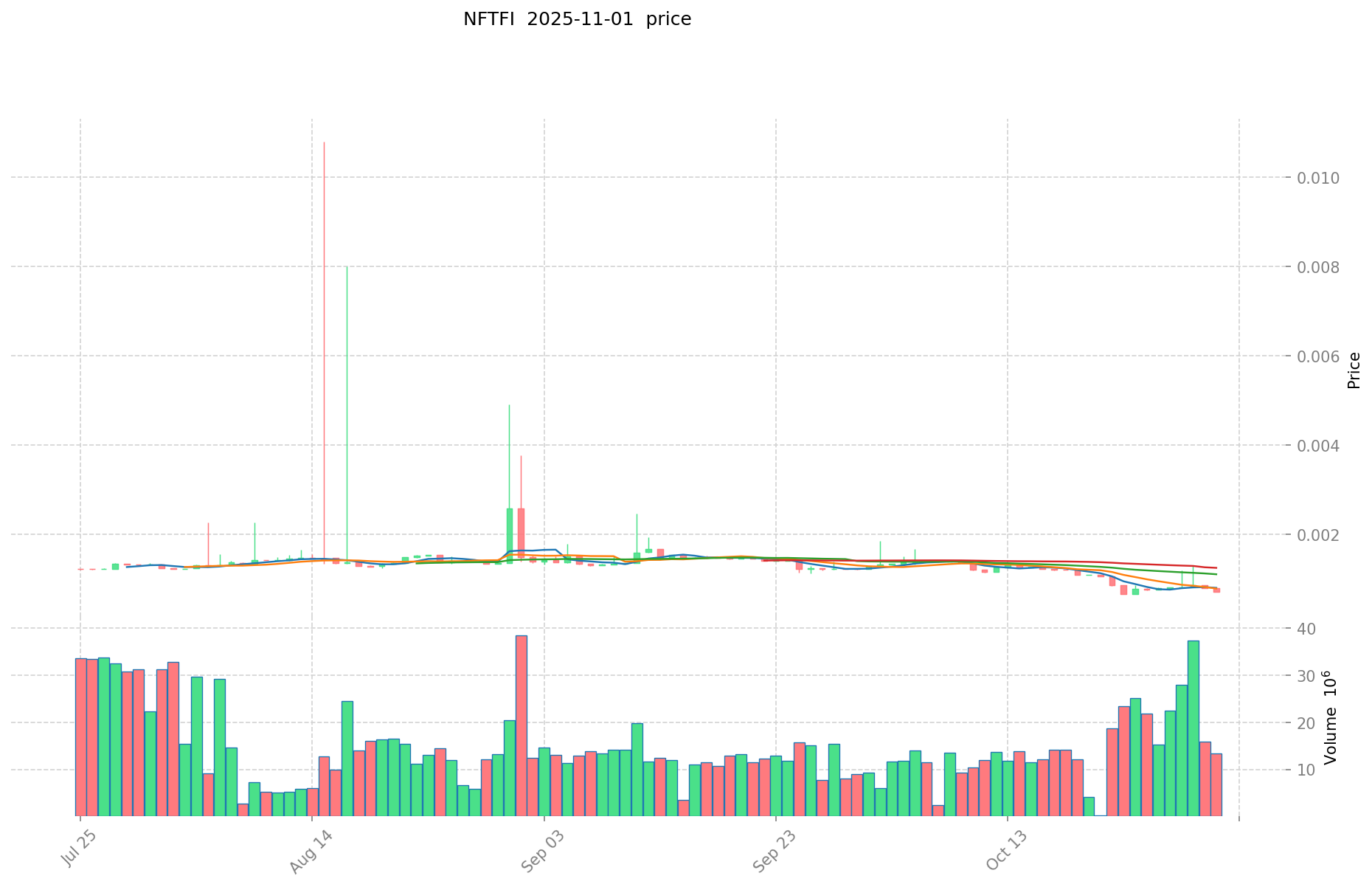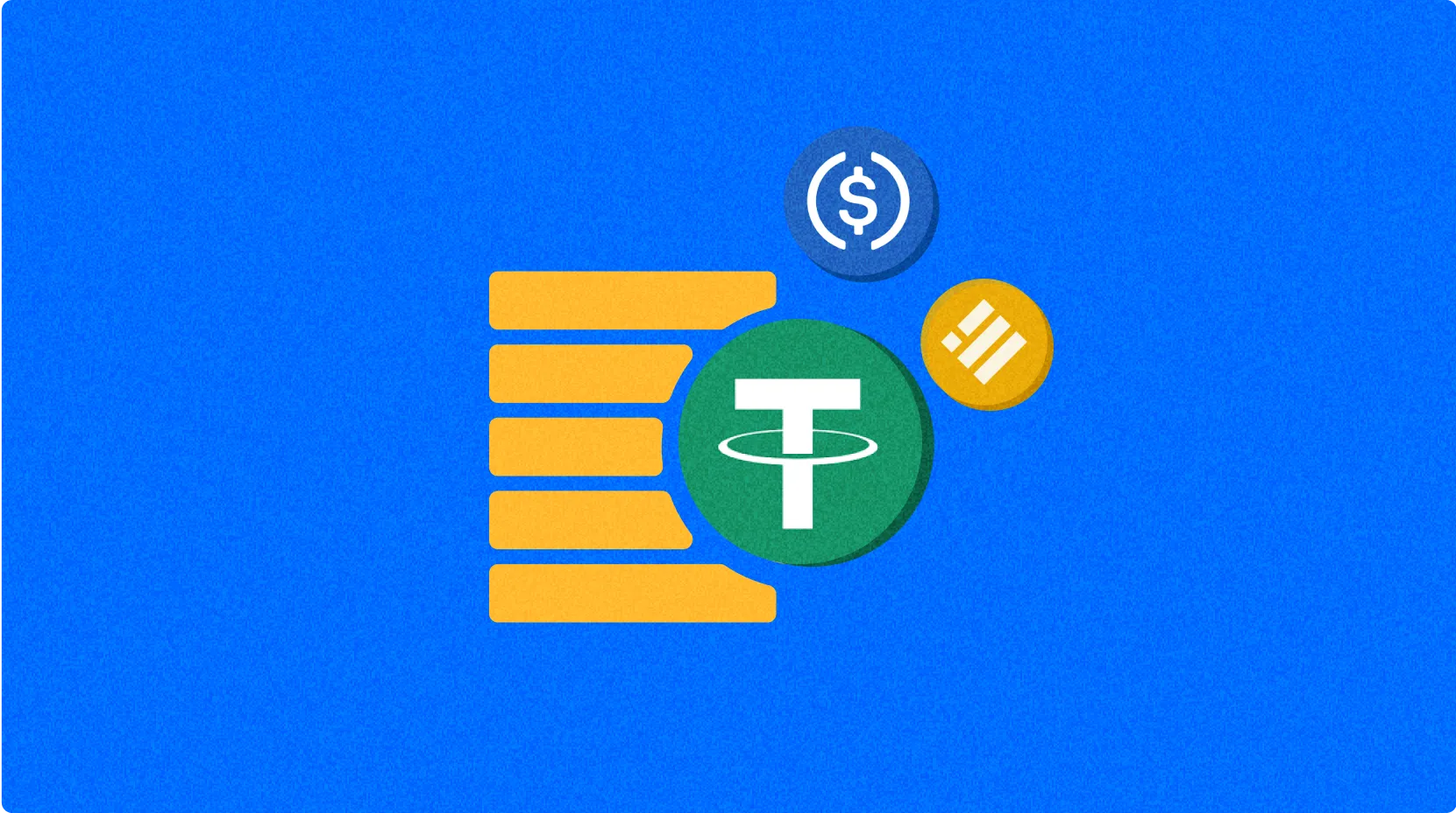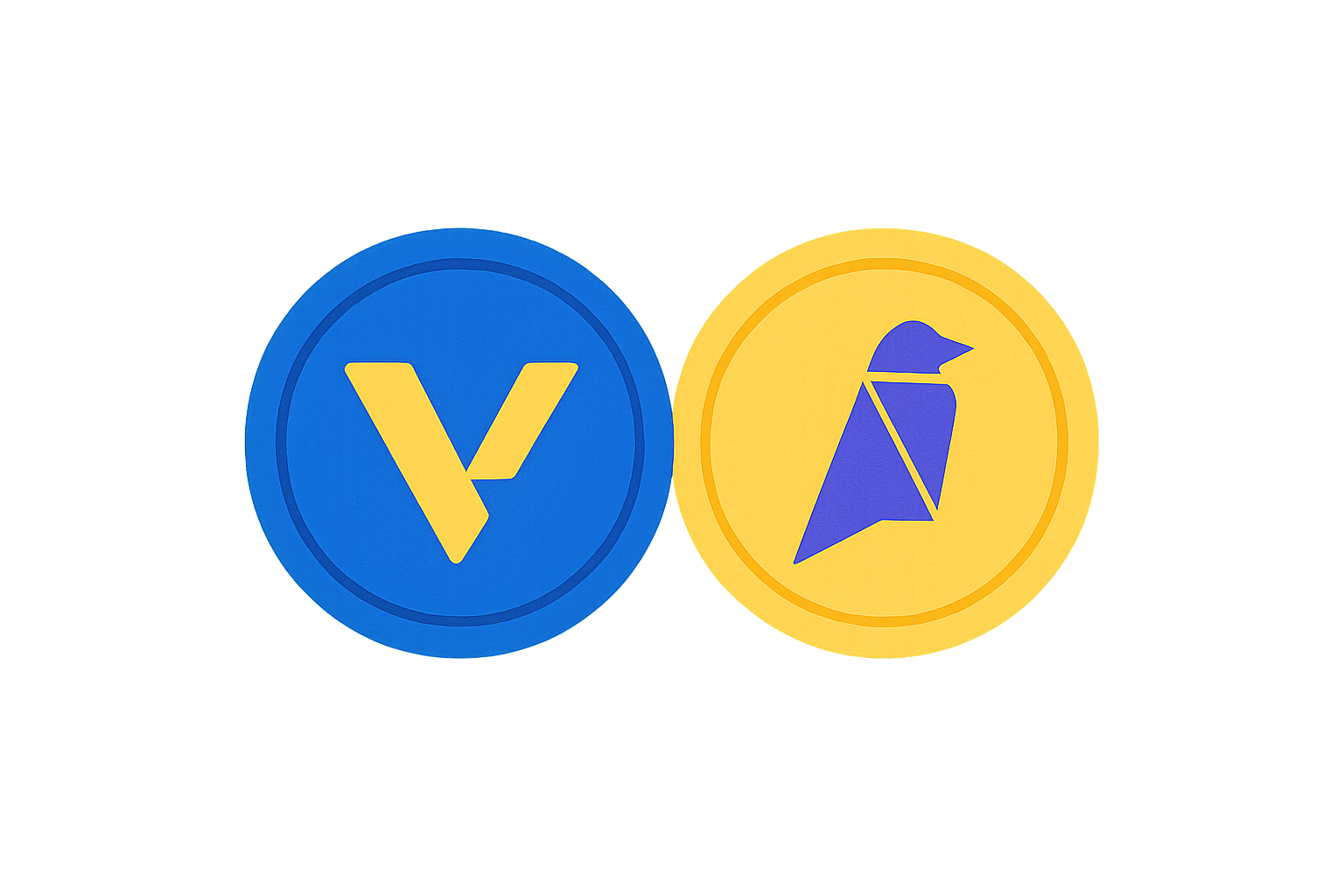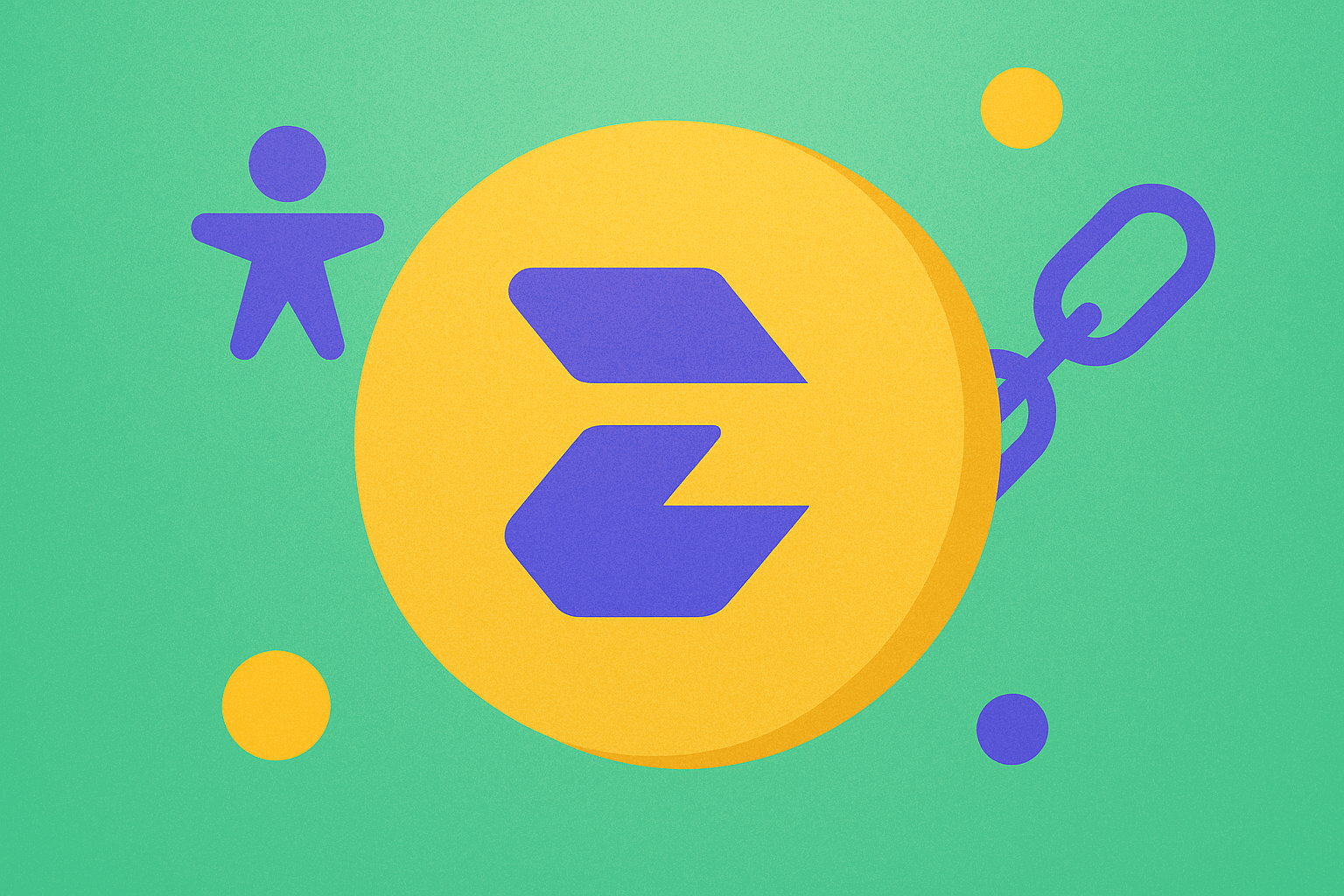NFTFI nedir: NFT'ler ve Merkeziyetsiz Finansın Buluşma Noktasını İncelemek

NFTfi'nin Konumu ve Önemi
2024 yılında NFTfi (NFTFI), NFT ekosisteminde finansal altyapı ihtiyacını karşılamak amacıyla piyasaya sürüldü. NFT teminatlı kredi hizmetlerinin öncüsü olan NFTfi, DeFi ve NFT sektörlerinde önemli bir rol üstleniyor.
2025 yılı itibarıyla NFTfi, NFT finans ekosisteminde öne çıkan bir oyuncu haline gelerek kullanıcı sayısını artırmış ve dinamik bir geliştirici topluluğu oluşturmuştur. Bu makalede teknik altyapısı, piyasa performansı ve gelecek potansiyeli incelenecek.
Köken ve Gelişim Süreci
Arka Plan
NFTfi, 2024 yılında NFT sahiplerinin likidite sorunlarına çözüm sunmak amacıyla geliştirildi. NFT'lerin yaygınlaşması ve DeFi inovasyonunun hız kazandığı dönemde ortaya çıkarak, NFT sahiplerine teminatlı kredi yoluyla finansal esneklik sağladı.
NFTfi'nin faaliyete geçmesi, NFT koleksiyoncuları ve yatırımcılarına dijital varlıklarını satmadan değerlendirme imkanı sundu.
Önemli Dönüm Noktaları
- 2024: Ana ağın açılması, NFT teminatlı kredi olanaklarının başlaması.
- 2025: Ekosistemin büyümesi ve desteklenen NFT koleksiyonlarının sayısında belirgin artış.
Topluluk ve gelişim ekibinin desteğiyle NFTfi, NFT finans alanında teknolojisini, güvenliğini ve gerçek kullanım senaryolarını sürekli olarak geliştiriyor.
NFTfi Nasıl İşler?
Merkeziyetsiz Yapı
NFTfi, dünyanın dört bir yanına yayılmış düğümlerden oluşan merkeziyetsiz bir ağ üzerinde çalışır ve klasik finans kuruluşları veya devletlerin kontrolünden bağımsızdır. Bu düğümler işlemleri doğrulamak için birlikte çalışır; sistemin şeffaflığını ve saldırılara karşı dayanıklılığını artırır, böylece kullanıcıların daha fazla kontrol sahibi olmasını ve ağın direncini sağlar.
Blokzincir Temeli
NFTfi'nin blokzinciri, tüm işlemleri kaydeden, halka açık ve değiştirilemez bir dijital defterdir. İşlemler bloklara gruplanır ve kriptografik özetlerle birbirine bağlanarak güvenli bir zincir oluşur. Herkes bu kayıtları inceleyebilir; bu sayede aracı olmadan güven sağlanır.
Adaletin Sağlanması
NFTfi, işlemlerin doğruluğu ve çift harcama gibi sahteciliği önlemek için bir mutabakat mekanizması kullanır. Ağ katılımcıları staking veya düğüm çalıştırarak güvenliği korur ve NFTFI token ile ödüllendirilir.
Güvenli İşlemler
NFTfi, işlemlerin güvenliği için açık-özel anahtar şifrelemesi uygular:
- Özel anahtarlar (gizli şifre gibi) işlemleri imzalamada kullanılır
- Açık anahtarlar (hesap numarası gibi) sahipliği doğrulamada kullanılır
Bu yapı, fonların güvenliğini sağlarken işlemlerin takma isimli kalmasına olanak tanır.
NFTFI'nin Piyasa Performansı
Dolaşım Durumu
1 Kasım 2025 itibarıyla NFTFI'nin dolaşımdaki arzı 220.000.000 token, toplam arzı ise 2.000.000.000 adettir. Dolaşımdaki miktar, toplam arzın %11'ini oluşturmaktadır.
Fiyat Hareketleri
NFTFI, 10 Haziran 2024 tarihinde $0,0479 ile tüm zamanların en yüksek değerine ulaşmıştır.
En düşük değeri ise 24 Ekim 2025 tarihinde $0,0006494 olarak kaydedilmiştir.
Bu dalgalanmalar, piyasa algısı, benimseme eğilimleri ve NFT ile DeFi sektörünü etkileyen dış faktörlerin yansımasıdır.

Zincir Üstü Metrikler
Veri kısıtlılığı nedeniyle günlük işlem hacmi, aktif adres sayısı ve staking oranı gibi zincir üstü özel metrikler bu kapsamda paylaşılmamıştır.
NFTfi Ekosistemi: Uygulamalar ve Ortaklıklar
Ana Kullanım Alanları
NFTfi ekosistemi şu uygulamaları destekler:
- NFT Finansı: NFTfi platformu, NFT teminatlı kredi alım ve verme imkanı sunar.
- DeFi: NFTfi protokolü, NFT teminatlı kredi ve likidite sağlar.
Stratejik Ortaklıklar
NFTfi, teknik kapasitesini ve piyasa etkisini artırmak için NFT pazar yerleri ve DeFi protokolleri ile iş birliği gerçekleştirdi. Bu ortaklıklar, NFTfi ekosisteminin büyümesi için sağlam bir zemin oluşturuyor.
Tartışmalar ve Zorluklar
NFTfi'nin karşılaştığı başlıca zorluklar şunlardır:
- Teknik Sorunlar: Farklı NFT standartları ile ölçeklenebilirlik ve uyumluluk
- Düzenleyici Riskler: NFT teminatlı finansal ürünler için belirsiz regülasyon ortamı
- Rekabet Baskısı: Diğer NFT kredi platformlarının piyasaya çıkışı
Bu konular, toplulukta ve piyasada tartışmalara yol açarak NFTfi'nin sürekli inovasyonuna öncülük ediyor.
NFTfi Topluluğu ve Sosyal Medya Ortamı
Topluluk Heyecanı
NFTfi'nin topluluğu hareketli; kredi hacmi ve kullanıcı katılımı giderek artıyor.
X platformunda ilgili gönderiler ve etiketler (örneğin #NFTfi) sık sık trend oluyor, aylık paylaşım sayıları dikkat çekici seviyeye ulaşıyor.
Yeni özellikler ve ortaklıklar toplulukta heyecanı tetikledi.
Sosyal Medya Algısı
X platformunda görüşler ayrışıyor:
- Destekçiler, NFTfi'nin NFT likiditesine yenilikçi yaklaşımını övüyor ve onu "NFT ile DeFi arasında köprü" olarak tanımlıyor.
- Eleştirenler, NFT teminatlı kredilerdeki risklere ve piyasa oynaklığına odaklanıyor.
Son dönemde, NFT piyasasındaki dalgalanmalar arasında temkinli bir iyimserlik dikkat çekiyor.
Gündem Konuları
X kullanıcıları, NFTfi'nin düzenleyici belirsizlikleri, kredi koşulları ve büyük NFT koleksiyonlarıyla entegrasyonunu sıkça tartışıyor; böylece hem dönüştürücü potansiyelini hem de yaygın benimsenmedeki zorluklarını öne çıkarıyor.
NFTfi Hakkında Ek Bilgi Kaynakları
- Resmi Web Sitesi: NFTfi'nin özellikleri, kullanım alanları ve güncellemeleri için resmi web sitesini ziyaret edebilirsiniz.
- Whitepaper: NFTfi whitepaper teknik altyapısı, hedefleri ve vizyonu hakkında detaylı bilgiler içerir.
- X Güncellemeleri: NFTfi, X platformunda @NFTfi hesabı ile 1 Kasım 2025 itibarıyla protokol güncellemeleri, topluluk etkinlikleri ve ortaklık haberlerini aktif biçimde paylaşmaktadır.
NFTfi Gelecek Yol Haritası
- 2026: Gelişmiş teminat seçeneklerinin sunulmasıyla kredi esnekliği ve risk yönetiminin geliştirilmesi
- Ekosistem Hedefleri: Büyük NFT koleksiyonlarıyla entegrasyon ve çoklu blokzincir desteği
- Uzun Vadeli Vizyon: NFT teminatlı finansal hizmetlerde sektör standardı olmak
NFTfi'ye Nasıl Katılabilirsiniz?
- Satın Alma Kanalları: Gate.com üzerinden NFTfi token satın alın
- Saklama Çözümleri: Güvenli saklama için Web3 cüzdanlarını kullanın
- Yönetim Katılımı: NFTfi'nin yönetim platformu üzerinden topluluk kararlarına dahil olun
- Ekosistemi Geliştirin: NFTfi'nin geliştirici dokümantasyonunu ziyaret ederek platformda katkı sunun veya yeni projeler geliştirin
Özet
NFTfi, blokzincir teknolojisiyle NFT'nin kullanım alanını yeniden tanımlıyor ve NFT sahiplerine likidite ile finansal hizmetler sağlıyor. Aktif topluluğu, zengin kaynakları ve güçlü piyasa performansıyla kripto para sektöründe öne çıkıyor. Düzenleyici belirsizlikler ve piyasa oynaklığı olsa da, NFTfi'nin yenilikçi vizyonu ve net yol haritası, onu merkeziyetsiz NFT finansının geleceğinde önemli bir aktör haline getiriyor. İster yeni başlayan, ister deneyimli bir kullanıcı olun; NFTfi'yi takip etmek ve ekosisteme katılmak değerli bir fırsat sunar.
Sıkça Sorulan Sorular
NFT gerçekten paraya değer mi?
Evet, NFT'ler gerçek bir parasal değere sahip olabilir. 2025 yılı itibarıyla NFT pazarı özellikle oyun sektöründe büyüme gösteriyor. Değeri; kullanım alanı, talep ve piyasa eğilimlerine göre değişir.
NFT yasal mı, yasadışı mı?
NFT'ler genel olarak yasaldır; ancak statüleri ülkelere göre değişebilir. NFT oluşturmak ve sahip olmak çoğunlukla serbesttir, fakat bazıları menkul kıymet olarak değerlendirilebilir ve özel regülasyonlara tabi olabilir.
NFT nedir (basitçe)?
NFT, blokzincirde bir ürünün (örneğin sanat ya da müzik) sahipliğini temsil eden benzersiz dijital tokendir. Orijinalliğini kanıtlar ve kopyalanamaz, çoğaltılamaz.
NFT iyi bir yatırım mı?
NFT'ler yüksek getiri sunabilir; ancak spekülatiftir. Başarı, piyasa eğilimleri ve ilgili varlıklara bağlıdır. Yatırım yapmadan önce dikkatli değerlendirme gerekir.

Kripto Güvence Altında ve Güvence Altında Olmayan Krediler: 2025 Yılı Web3 Kredi Seçenekleri

AURA Ağı Beyaz Kağıt Analizi: Temel Değer Önerisi Ortaya Çıktı

DIA: Web3'ün Son Noktası Merkeziyetsiz Oracle Protokolü - White Paper Analizi

Wormhole: Blok Zincirini Çift Zincir Köprü Teknolojisi ile Devrim Yaratmak

ETH Nedir: Ethereum’un Yerel Kripto Parası Üzerine Kapsamlı Bir Rehber

9 Haneli Zenginlik Ne Anlama Geliyor

Merkeziyetsiz Değerlendirme Platformu Nedir? Temel Web3 Rehberi

Memecoin (MEME) Güvenli Şekilde Nasıl Satın Alınır - Detaylı Kılavuz

EDC Cüzdan ile Kripto Alım-Satımında Sorunsuz Deneyim: EDC Coin Satın Alma ve Alım-Satım Artık Çok Daha Kolay







